Indian republic day celebrates the day on which the constitution of India came into effect and India became a complete republic after 200 years of British rule.
The Constitution was adopted by the Indian Constituent Assembly on 26 November 1949 and came into effect on 26 January 1950 with a democratic government system, which completed the process of self-rule and full independence.
On this day President of India addresses the nation. It also shows the huge image of the country’s rich cultural heritage and military prowess.
26 January was chosen as the Republic day because it was on this day in 1930 when the Declaration of Indian Independence (Purna Swaraj- complete independence) was proclaimed by the Indian National Congress as opposed to the Dominion status offered by the British Regime.
The Indian republic day will be celebrated in its full glory on 26th January this year too. However, this will be the first time in more than five decades that there will be no chief guest for the Republic Day celebration on 26 January.
British Prime Minister Boris Johnson who was originally invited as a chief guest for the occasion canceled his visit to India due to the Covid-19 crisis in the United Kingdom.
Let us look at some of the interesting facts about Indian Independence day
1. Beating Retreat Ceremony
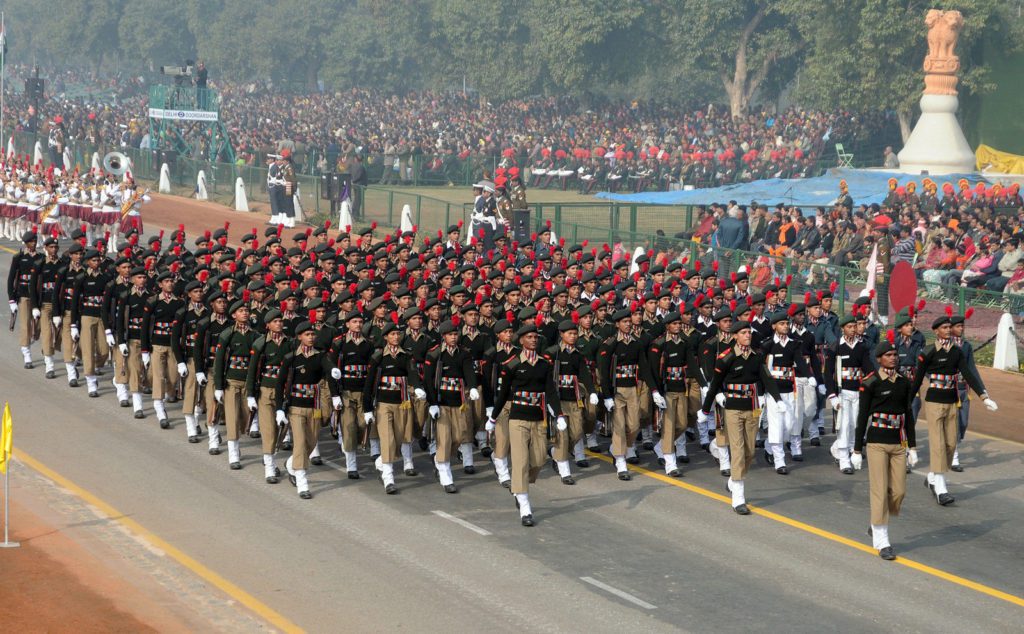
We all know about the Republic Day parade on the 26th of January every year which showcases Indian culture, heritage, diversity, and military prowess.
Only a few know that there is a Beating Retreat ceremony which is held after officially denoting the end of Republic Day festivities. It is conducted on the evening of 29 January, the third day after Republic Day. It is performed by the bands of the three wings of the military, the Indian Army, the Indian Navy, and the Indian Air Force.
The parade takes place from Rashtrapati Bhaven, adjacent square, Vijay Chowk, flanked by the North and South block of President’s Palace, towards the end of Rajpath.
The ceremony has the origin in military tradition that began in 17th century England, when King James II ordered his troops to beat drums, lower flags and organise a parade to announce the end of a day of combat. The ceremony was then called ‘watch setting’ and took place at sunset after firing a single round from the evening gun.
The ceremony is currently held by Armed Forces in the UK, US, Canada, New Zealand, Australia, and India, among others.
2. Republic Day celebrations were not always organized at the current venue of Rajpath
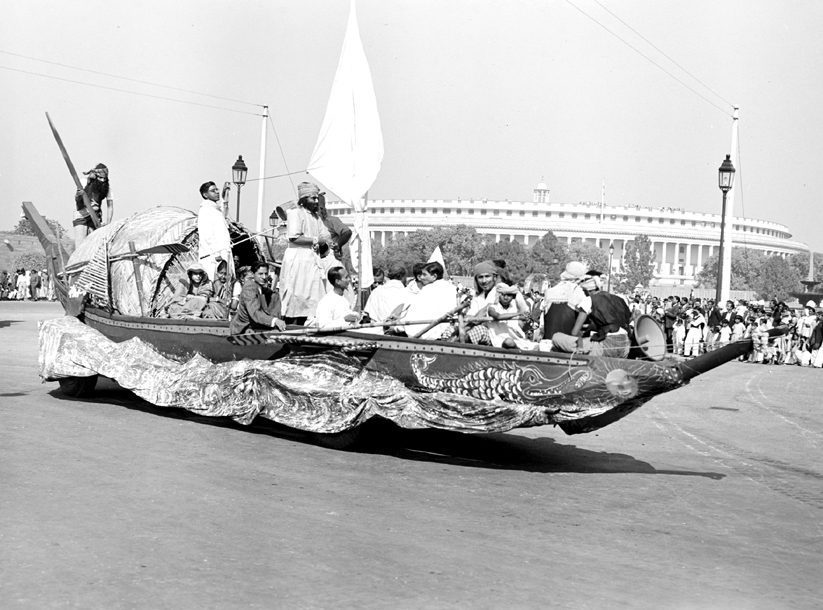
Between 1950–1954, Republic Day celebrations were not organized at the current venue of Rajpath. It was organized at different venues (like Irwin Stadium, Kingsway, Red Fort, and Ramlila Grounds).
Republic day 2021 will be celebrated at Rajpath which started in 1955.
3. Word ‘Royal ‘ was dropped from Royal Air Force and Indian Air Force was born
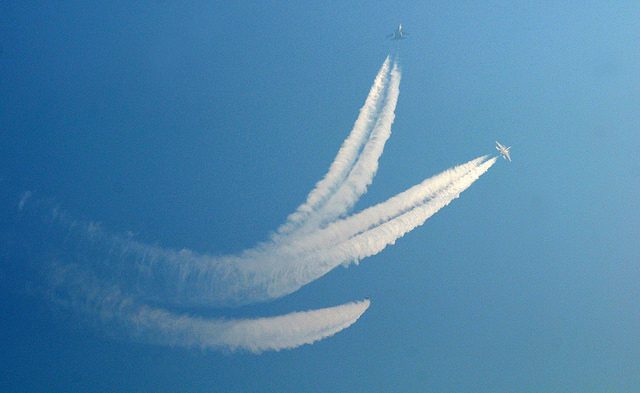
When India became a republic in 1950, the prefix ‘Royal’ was dropped from the Indian Air Force. At the same time, the current IAF roundel was adopted.
The first batch of six Indian Air Force officers was trained at Royal Air Force College, Cranwell, UK between 1930 and 1932. Till 1939, the pilots inducted into the IAF continued to be trained at Cranwell.
Technical officers were also trained in the UK, while the technicians (airmen) were trained at Aircraft Depot, Karachi, under the supervision of British Non-Commissioned Officers.
4. The lion head from Ashoka Pillar in Sarnath was formally adopted as the national emblem
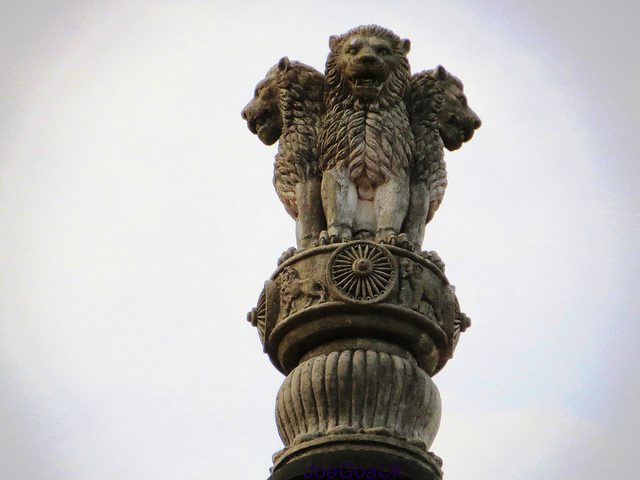
The State Emblem of India, as the national emblem of the Republic of India is called, is an adaptation of the Lion Capital of Ashoka from 250 BCE at Sarnath, preserved in the Sarnath Museum near Varanasi.
In the state emblem, adopted by the Government of India on 26 January 1950, only three lions are visible, the fourth being hidden from view. The wheel appears in relief in the center of the abacus with a bull on right and a horse on left and the outlines of other wheels on extreme right and left.
5. An unrelated Cristian hymn ‘Abide with Me’ is played at the end of the Republic Day parade
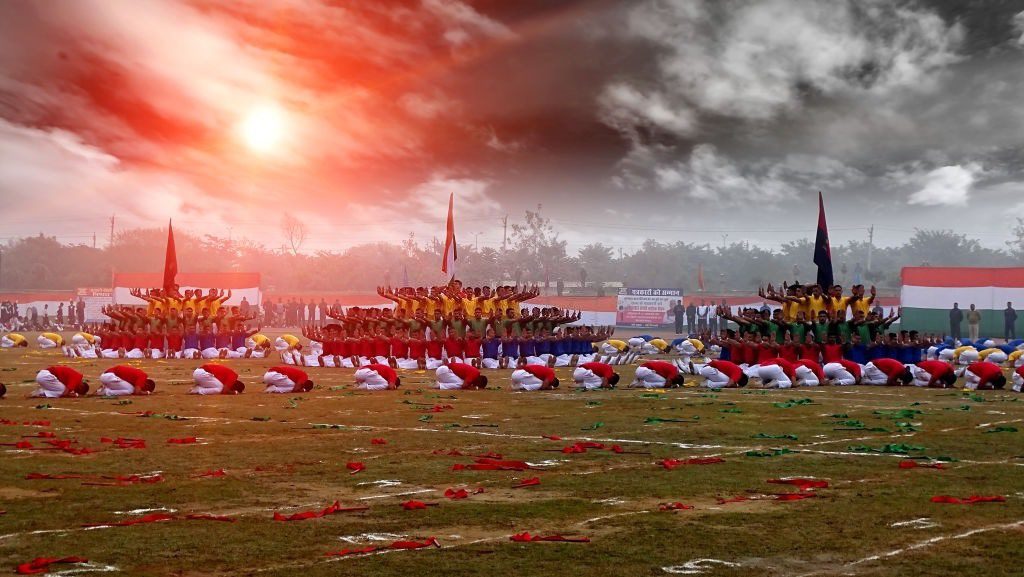
Interestingly a song completely unrelated to the Indian republic, a Christian hymn by Scottish Anglican Henry Francis Lyte, ‘Abide with Me’, is played at the end of the Republic Day Parade.
The reason for this is that it was always a favorite song of the founding father or father of the nation Mahatma Gandhi. Just in case you are interested below is a couple of stanza from the song
Abide with me; fast falls the eventide. The darkness deepens; Lord with me abide. When other helpers fail and comforts flee, Help of the helpless, O abide with me. Swift to its close ebbs out life’s little day; Earth’s joys grow dim; its glories pass away; Change and decay in all around I see; O Thou who changest not, abide with me.
Henry Francis Lyte
6. India celebrates republic day after it got independence from British occupation, all was not sour though as the chief guest on republic day celebration, 1961 was Queen Elizabeth from Britain
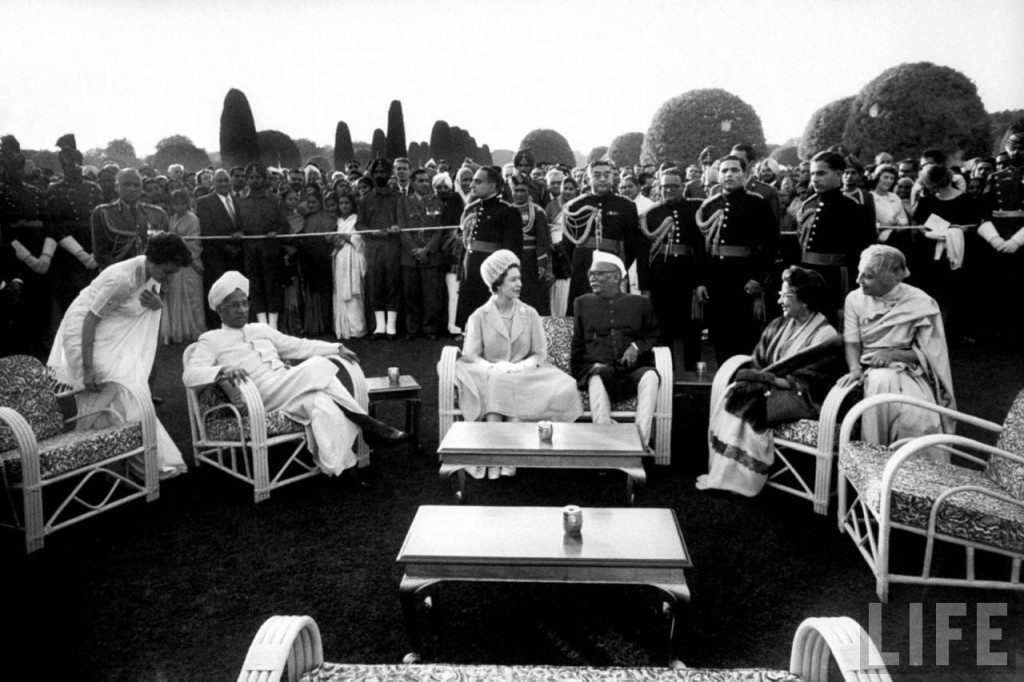
It was in 1961 that India invited the royals from Britain. This was not mere symbolic but showed how the country moved on from its colonial past and embraced the colonizers.
It also demonstrated that a free world based on democratic principle was laying its foundation in India and the world.
7. It was on the 26th of January in 1965 that the Hindi language was declared as the national language of India

The Indian constitution, in 1950, declared Hindi in Devanagari script to be the official language of the union. Unless Parliament decided otherwise, the use of English for official purposes was to cease 15 years after the constitution came into effect, i.e., on 26 January 1965 on Republic Day.
8. Celebration of a great constitution

Republic day is a celebration of the adoption of the Indian constitution. India has the longest written constitution in the world. It has 448 articles in 22 Parts, 12 Schedules, and 97 Amendments.
India’s Constitution is the longest in the world. It has a total of 448 articles.
It is written in English and Hindi.
Dr B.R. Ambedkar took 2 years and 11 months to draft the Indian Constitution.
There are two hand-written copies of the Constitution — in Hindi and in English. The copies are kept in helium-filled cases in the Parliament’s library.
9. Celebration of Federal Structure in India
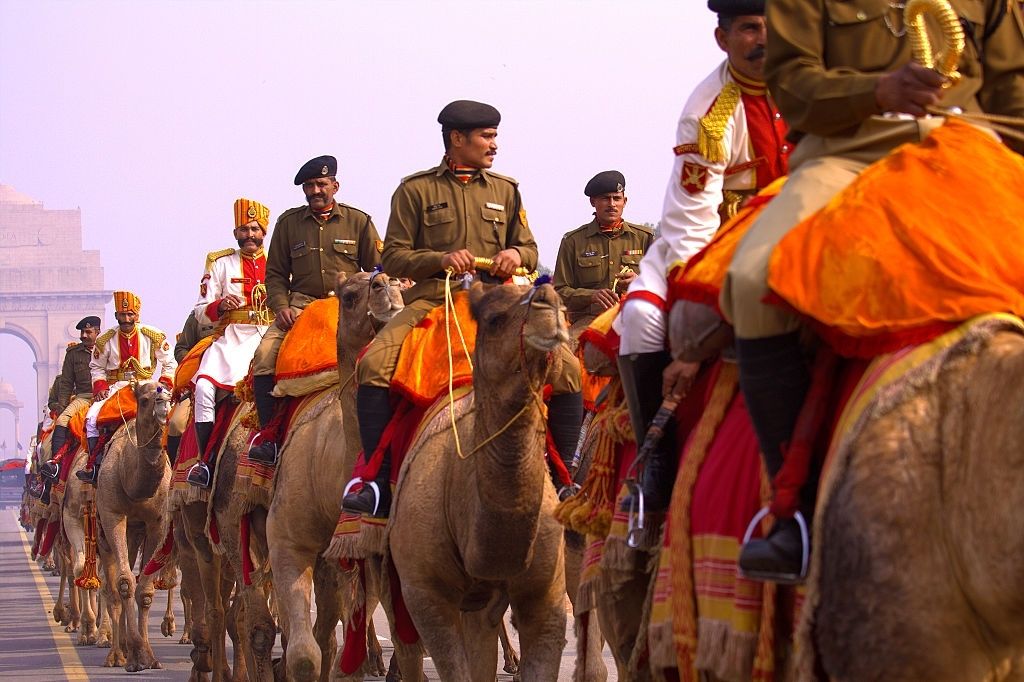
On January 26, 2016, the Protocol Department of the Government of Maharashtra held its first parade along the entire stretch of Marine Drive in Mumbai, the only of its kind for a state in India/
10. On the first Republic day Around six minutes after the adoption of the constitution at 10:18 AM, Dr. Rajendra Prasad was sworn in as the first President of India
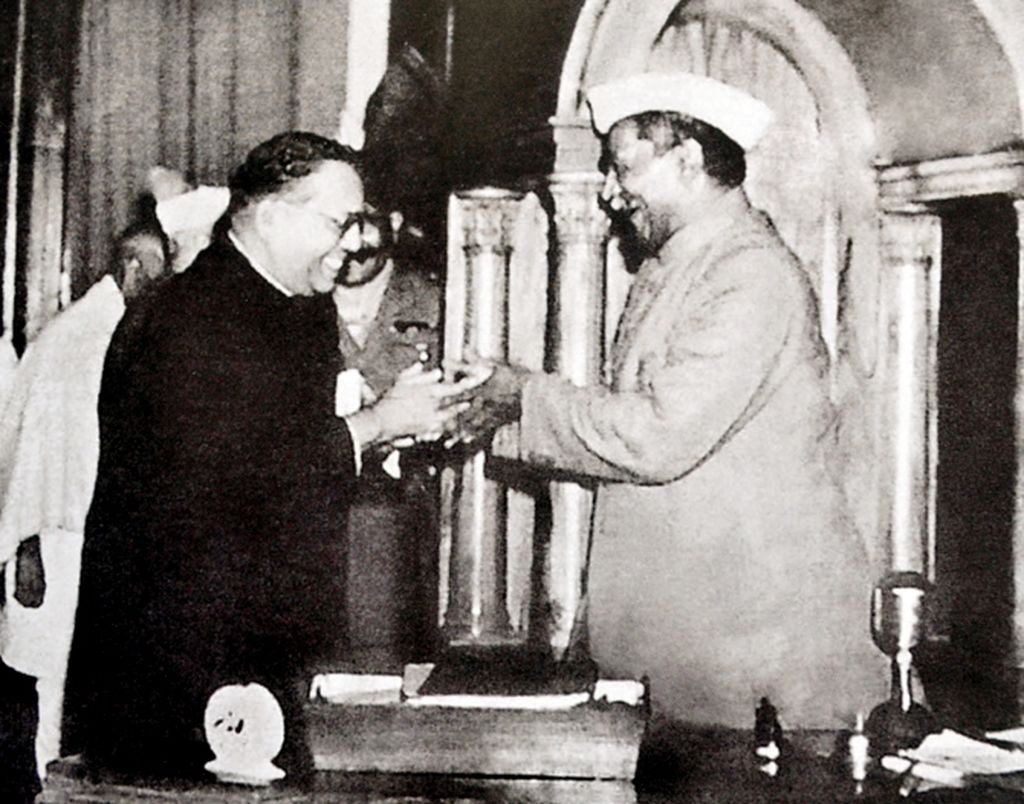
Rajendra Prasad (3 December 1884 – 28 February 1963) was an Indian independence activist, lawyer, scholar and subsequently, the first President of India, in office from 1950 to 1962. He was an Indian political leader and lawyer by training.
India had its first president after a long struggle for self-determination and independence

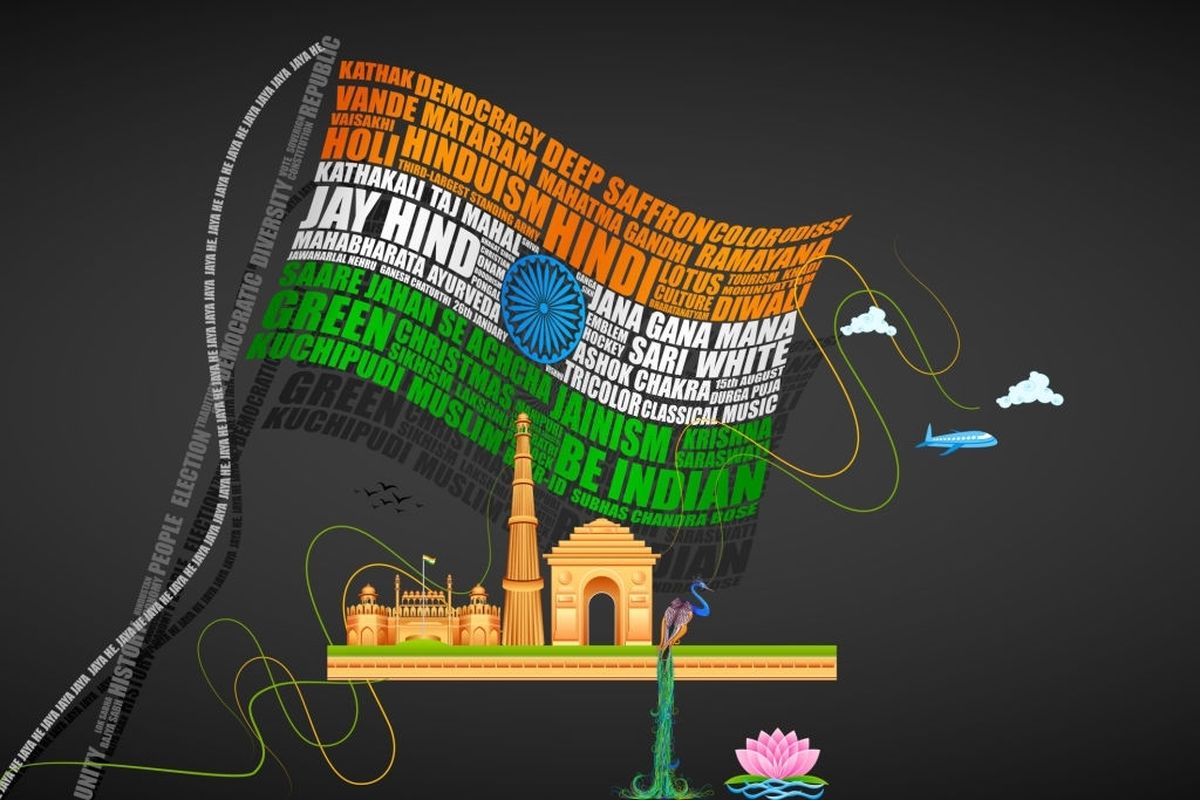
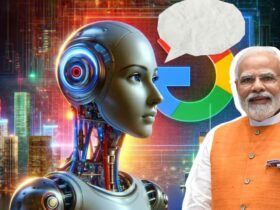
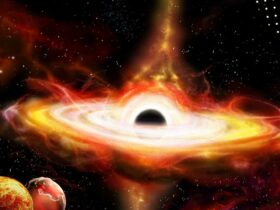
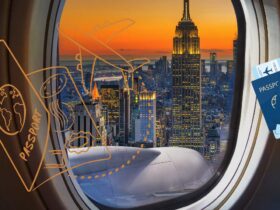
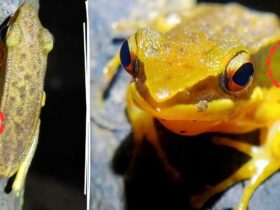


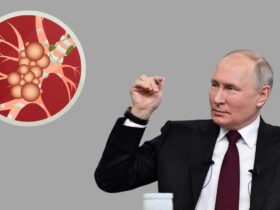



Leave a Reply